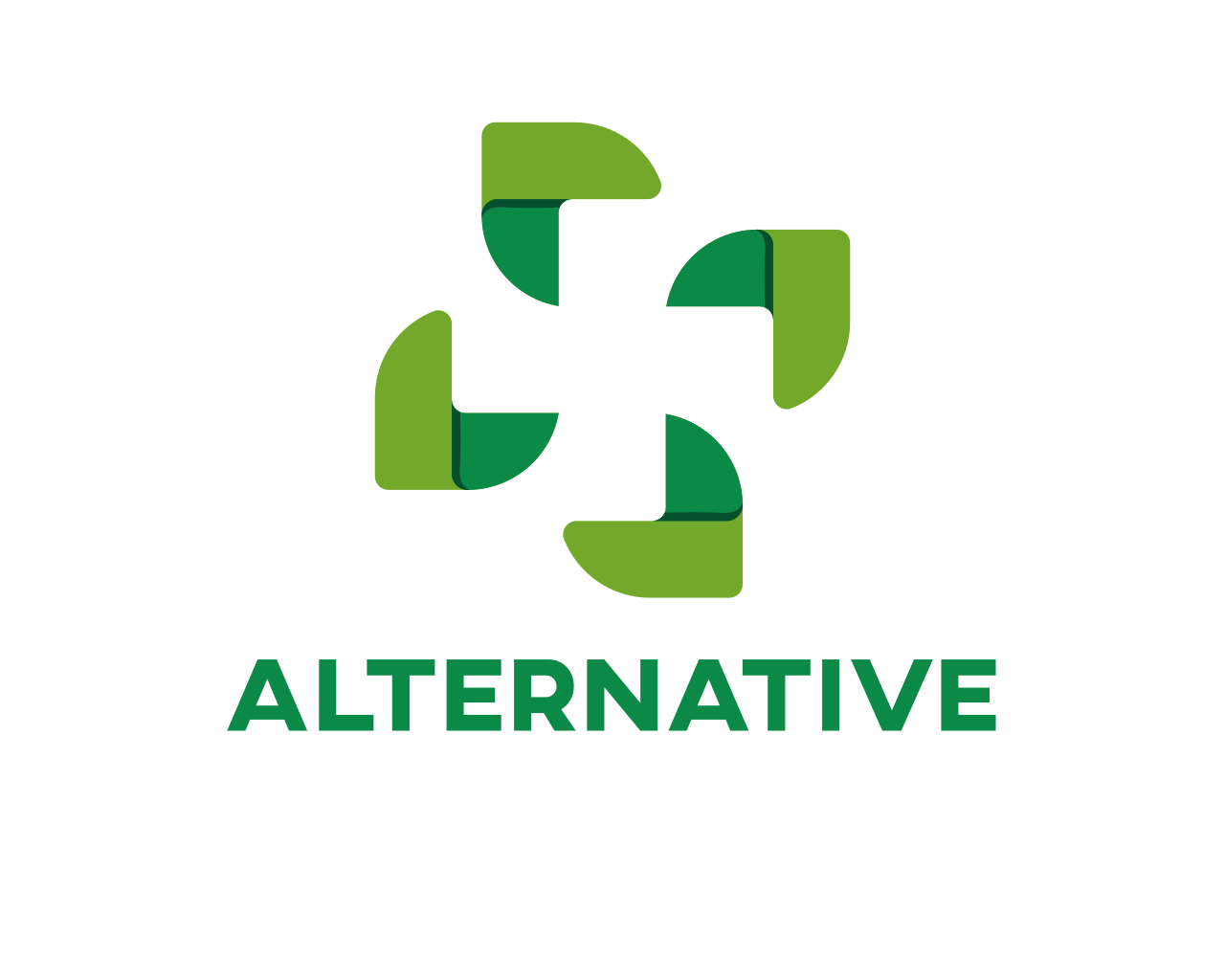ALTERNATIVE foreseeing collaboration with ASPIS cluster projects to work towards the full replacement of animal testing in regulatory toxicology
How could comprehensively protective limit values and toxicological GHS classifications be derived with an Integrated Approach to Testing and Assessment (IATA) using exclusively Non-Animal-New-Approach Methods (NAMs)? European Regulators from the PARERE Network gathered with scientists from the ASPIS cluster and the ALTERNATIVE project at the PARERE-ASPIS workshop at EURL-ECVAM on March 30/31 to discuss the answer to this question.
The ASPIS cluster is developing a modular approach for a comprehensive toxicological hazard and risk assessment, i.e. the ASPA framework. However, the framework is currently missing a module focused on the heart as a potential target organ. With aims to complement and strengthen the framework, we presented the status of the ALTERNATIVE regulatory work package with its preliminary IATA concept addressing cardiotoxicity. This IATA builds on an existing basic OECD concept for an untargeted NAM–based screening approach followed by a hypothesis–driven, targeted NAM-based testing approach and incorporates recently published suggestions for advancements. After our presentation, we exchanged further ideas on our conceptual IATA with the workshop-participants.
For this project to succeed, it is crucial to demonstrate that the NAM–based IATA workflow can be tailored a) to cover an adequately broad biological space to be sufficiently protective and b) to remain practical at the same time. Moreover, a new understanding of safety needs to evolve, recognizing that effects assessed by NAMs may represent a molecular and cellular burden that reduces the capacity of an organism to cope with additional real–world stress, like from unhealthy diet, life-style, psychological stress, infections or chemical co-exposure. Such additional stress as well as the variety of human (epi)genetic background and possibly pre-existing diseases cannot be covered easily with any test system. With this perspective, a broad set of molecular and cellular biomarkers tested within a broad set of NAMs might prove useful for a precautious probabilistic understanding of safety . Thereby, NAMs may become immediately relevant for limit value derivation and toxicological GHS classification.
The partners of the ALTERNATIVE project and the ASPIS cluster have committed to collaborate on the ASPA framework towards the ultimate goal of fully replacing animal testing in regulatory toxicology.
Contribution recieved from Martin Paparella
Keywords:
Reojects, Research, NAM, Sustainable, ASPIS Cluster meeting, IATA





